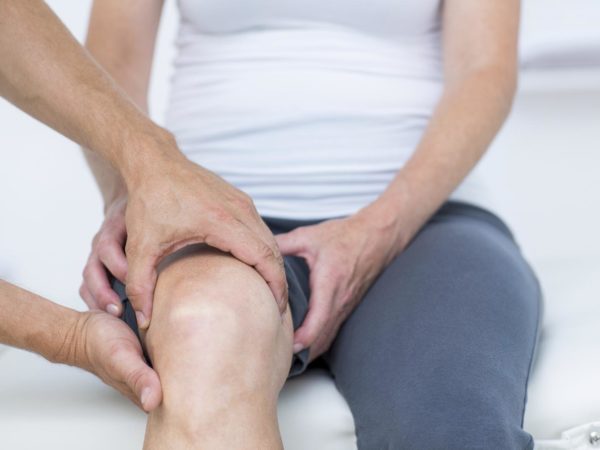Bummed by Bakers' Cysts?
I am suffering from Baker’s cysts in both knees. I have tried physical therapy, RICE (rest, ice, compression, elevation) anti-inflammatory drugs and lubricating injections. Nothing has worked. My doctor says that the meniscus appears to be in good shape.
Andrew Weil, M.D. | September 28, 2009

Baker’s cysts, also called popliteal cysts, form as painful swellings on the backs of the knees. They’re named for the 19th-century physician who first described them. They typically cause a feeling of tightness that worsens when you extend your knee or when you’re active. Sometimes, the pain can affect the upper part of the calf.
These cysts develop when synovial fluid that normally lubricates the knee joint collects in a thin sac (or bursa) between two groups of muscles behind the knee. The sac can become inflamed, causing pain and further swelling that may be aggravated by standing or by activities like squatting or kneeling that require bending the knee. Typically, flare-ups of rheumatoid arthritis or osteoarthritis trigger the formation of Baker’s cysts, but they also can stem from tears in the cartilage. In children, they usually result from injury.
Although Baker’s cysts can be painful nuisances, they’re not the least bit dangerous and typically will disappear on their own without treatment. When treatment is needed, the focus should be on the underlying condition – such as arthritis or a tear in the cartilage.
Since none of the recommended treatments you’ve tried has helped, you might talk to your physician about needle aspiration – draining the fluid out of the cyst. Your other option is a cortisone injection that may relieve pain but won’t prevent the cyst from coming back. If your cysts are large and are interfering with your ability to bend your knees, you can also consider surgery to remove them as a last resort.
Andrew Weil, M.D.










